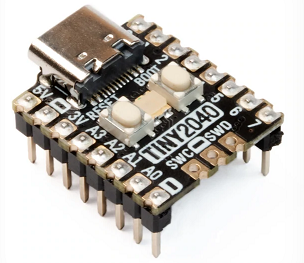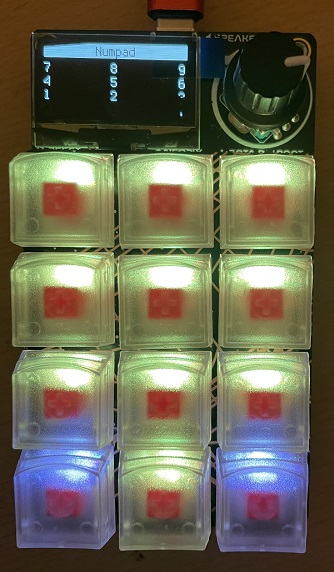Raspberry Pi Pico
Introducing The Pico
The Raspberry Pi Pico is a microcontroller board based on the RP2040 microcontroller chip. It was designed by Raspberry Pi and released in January 2021. As I write this, it costs £3.60 for the board without any headers soldered on and around £6 if you want to get one with the headers pre-soldered.
The board has 26 GPIO pins. You can have up to 16 pins doing PWM, 3 ADC (Analogue to Digital Conversion) pins and two each of UART, SPI and I2C. There is also some flexibility about which pins you use for these protocols. You can also have up to 8 programmable IO state machines which allow you to use custom peripherals.
When programming in MicroPython or CircuitPython, you save your program code in the on-board Flash memory. You can also program with Arduino and in C/C++.

A number of suppliers have released boards based on the same chip which can be programmed in the same way. These tend to cost a little more but offer some advantage through extra features. You might be getting a board with some of the GPIO pins left off to make it smaller. You might have some additional Flash memory. You might get some connectors like grove or Stemma QT. You might have some on-board LIPO battery charging. When you are first starting, you may as well go with the OG board.
I like this one from Pimoroni. It is called the Tiny2040. Apart from being ever so small, it adds a reset button and an RGB LED.

There are also a number of special-purpose implementations of the chip like this Macropad from Adafruit,

My photograph cannot do justice to this piece of kit. The fast refresh rate of the OLED screen at the top and the intense glow from the RGB LEDs below the mechanical keys make it hard to photograph. This runs a CircuitPython program and has allowed me to set up dozens of key macros that make lots of my computer tasks easier.

